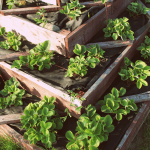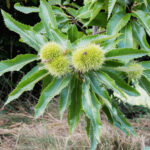Can Hugelkultur be Sustainable as a Commercial Solution?

If you own some land and wish to grow food for profit, in a sustainable way, hugelkultur may sound like a good idea, but it most likely will fall short as the one solution.
While the technique is highly effective at retaining water and nourishment for plant growth, it can take quite a lot of work to create and maintain.
A “normal” sized hugelkultur bed can easily take a day or two for one person to build. It would require a tremendous amount of work for a single person if done without heavy equipment.
Large-scale sunken hugelkultur will require a lot of work and materials. Truckloads of materials may need to be shipped in, and large trenches will need to be dug in order to accommodate the bedding.
Raised hugelkultur beds most likely will take even more time and cost a lot more to build large scale.
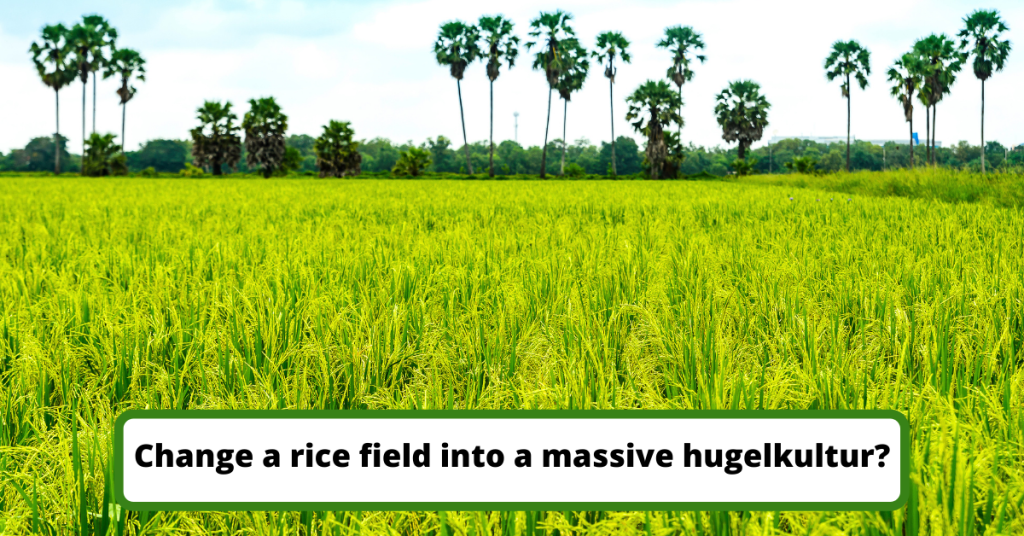
A question I received from a reader via email: kenneth@hugelkulturworks.com
Material consideration for really large or many hugelkultur beds
Another issue with sustainability is the resource needed to transport materials to sites. In most cases, materials for the raised or sunken hugelbeds such as wood scraps, manure, and debris are likely available on-site. However, the logs needed to line the bottom of the hugelkultur bed may not be available on-site and may need to be transported. Depending on where you are located, this could add to the cost of the project. However, if there is access to affordable—or even free—logs, such as from a nearby forest, this could be more sustainable. If logs are needed, it may make more sense to utilize renewable wood such as elm, cottonwood, ash, or oak.
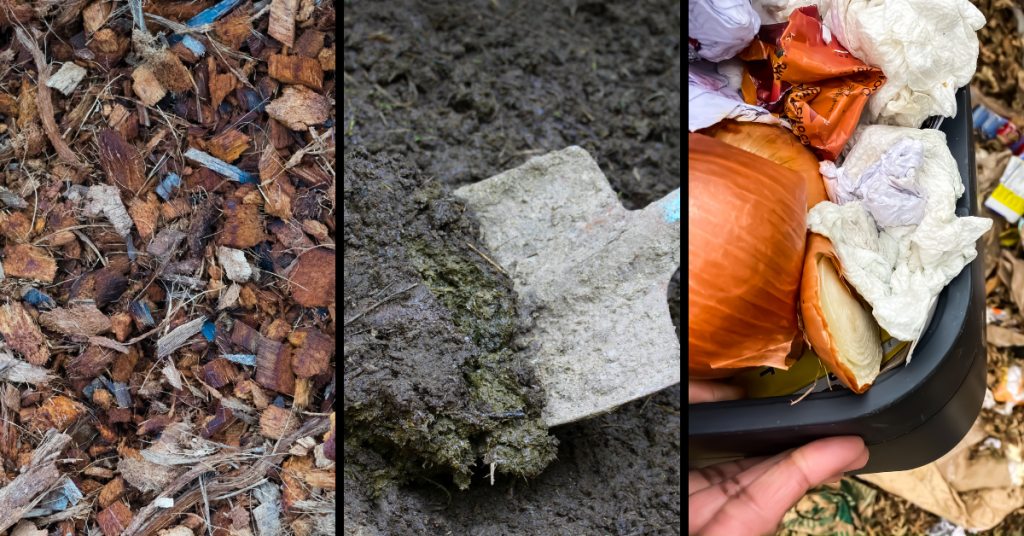
Despite the potential challenges of creating and maintaining Hugelkultur, the technique can pay for itself by reducing or eliminating your need for fertilizer and pesticides.
What I would have done if I had a small farm or land that had been used for traditional farming?
If I had a large property with no or few trees on it I would consider building a few Hugelkultur beds as time goes by. My focus would have been on establishing a diverse biodiverse ecosystem with a lot of trees. I would have tried to use the Miyawaki method as that has a good track record to kickstart the creation of a dense forest that will grow tall and support local wildlife.
What is the Miyawaki method?
The essential principle of the Miyawaki method is using species of trees that would occur naturally in that area and a number of fast-growing trees that force the other trees to grow faster than normal to compete with the sun. These native trees will work together to create a diverse, multi-layered forest community. This technique was developed in Japan by Akira Miyawaki (a Japanese botanist and plant ecology expert ) and has been used to restore damaged forests and create new forests in a wide variety of climates and soil types.
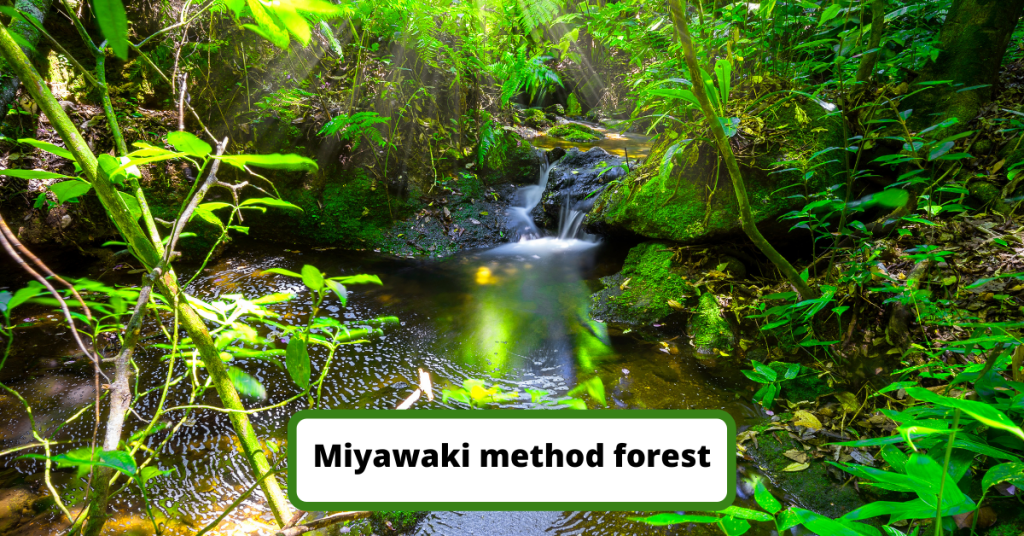
Miyawaki forests are characterized by a lot of vertical structures combined with a dense understory of grass and ground cover plants. These forests are so firm that they can retain a lot of water, especially during times of flood. In an era of global warming and rapid environmental change, the ability of Miyawaki forests to store water and slow runoff has made them an invaluable resource in areas prone to flooding.
Next to the Miyawaki method forest, I would create a large, perhaps the main bulk of my property, a food forest where I will have most of my perennials:
- fruit
- berries
- nuts
- mushrooms
- some vegetables
Perennial plants give food more than two years from the same plant with little to no maintenance.
One of the benefits of growing perennial foods is that you don’t have to plant a new apple tree, for example, each year. This is especially beneficial if you live in a climate where the growing season is short. Perennial foods also tend to be more nutrient-dense than their annual counterparts, so they are a great way to get the most out of your garden.
Food forest as an alternative to large-scale Hugelkultur operations
A food forest is a system where edible plants are grown in a naturalistic way to create a sustainable ecosystem. The plants in a food forest are chosen to provide a variety of food and other resources for humans, animals, and insects. The trees in a food forest are usually chosen for their edible fruits, nuts, or other products. Food forests are a great way to increase the biodiversity of a landscape, and they can also be used to improve soil health. A food forest is an edible landscape that consists of a mixture of fruit trees, nut trees, perennial vegetables, herbs, and flowers. The trees and plants in a food forest are chosen specifically to provide a variety of food throughout the year. A food forest can be created on any scale, from a small backyard garden to a large community orchard.
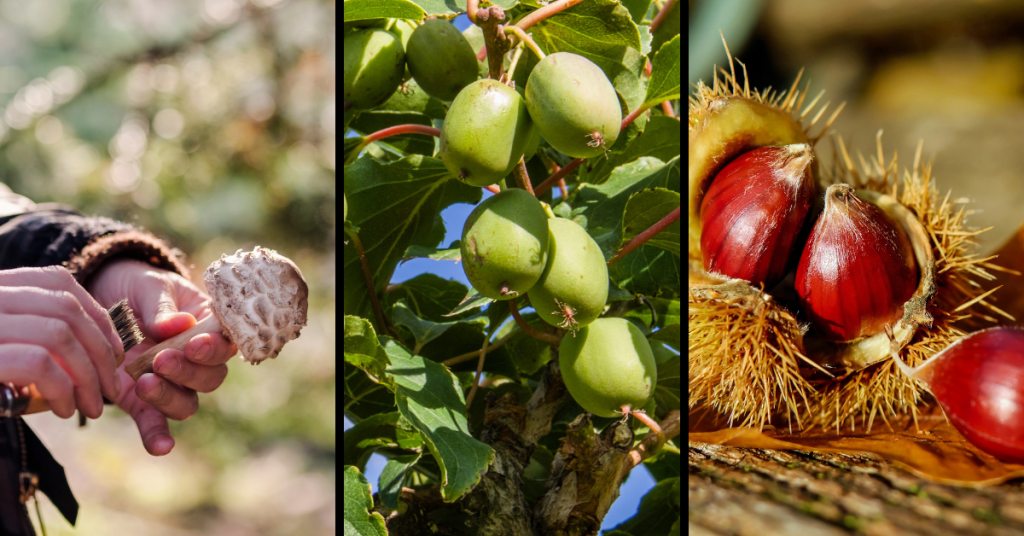
The benefits of a food forest are many. Not only does a food forest provide fresh, healthy food, but it also helps to improve the environment and community. Food forests help to sequester carbon, which reduces greenhouse gas emissions and helps to mitigate climate change. They also improve air quality, provide habitat for wildlife.
Conclusion
In order to really answer this question, we would need to know more about the specific hugelkultur site, including the climate, the size of the plot, the type of soil, and what kind of crops are being grown. However, in general, hugelkultur is a great way to promote sustainable agriculture, and it can be used on a commercial scale to produce crops for sale. With a little bit of experimentation and forethought, hugelkultur can be a great way to improve soil health and increase yields.
In conclusion, while hugelkultur shows great potential as a sustainable horticultural solution for small-scale use, I would build large-scale hugekultur beds without doing research in the area myself over several seasons to see if the technique is viable as a commercial solution.
The use of hugelkultur in commercial orchards and plantations has the potential to reduce the need for irrigation, fertilizer, and pesticides, and could lead to increased yields and decreased environmental impact but don’t jump into it without having a personal experience.
Further Reading
Interested in other sustainable solutions for commercial agriculture? Learn about Terra Preta, an Amazonian soil that can boost soil fertility and crop yields. Discover how to create and use Terra Preta in our in-depth guide.


